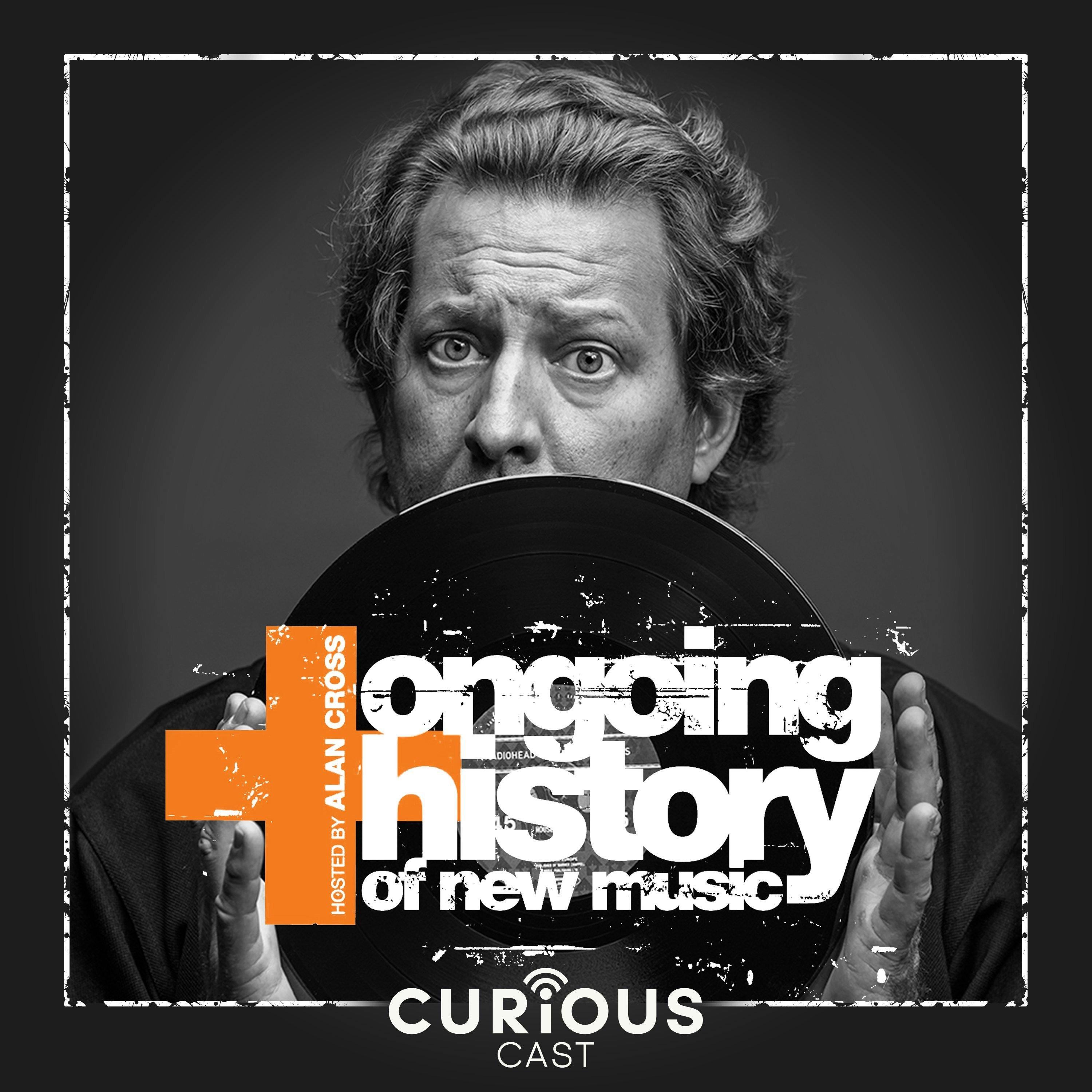Another Look At Bootlegging: Part 1

On December 24, 1877, Thomas Edison filed a patent for a new invention he referred to as a \u201ctalking machine\u201d\u2026for the first time ever, audio could be captured, played back, stored, shared, and analyzed\u2026\nWhen asked what the point of his machine was, Edison listed some future possibilities\u2026.\nHis phonograph (as he called it) would eventually be used as a method of preserving great speeches\u2026.it could also be used for making audio letters, giving dictation, a talking clock, a telephone answering machine, and remote learning\u2026and way down the list was \u201creproduction of music\u201d\u2026\nThat original talking machine technology has evolved greatly over the years and the \u201ccapture and reproduction of music\u201d has moved way up on Edison\u2019s original list of uses\u2026the recorded music industry is now worth tens and tens of billions of dollars\u2026\nBut the phonograph also gave birth to a new type of music industry\u2026when it first went on sale, copyright laws weren\u2019t ready\u2026they had been drafted and enforced with the printed word in mind, not with audio recordings\u2026this meant that people began making recordings that weren\u2019t exactly authorized in the proper ways\u2026\nThis gave birth to another industry, one that worked in the shadows of record labels, music publishers, performing rights organizations, and all the rest of the legitimate record music industry\u2026\nWhat started with secretly recorded Edison phonograph cylinders progressed through reel-to-reel tape recordings, unauthorized vinyl records, cassettes, CDs, and digital files freely traded online\u2026you may have some of these recordings in your collection\u2014and you may not even know it\u2026\nThe original name of such recordings is \u201cbootlegs\u201d\u2026here are a few things about them that you might wanna know\u2026\nLearn more about your ad choices. Visit megaphone.fm/adchoices